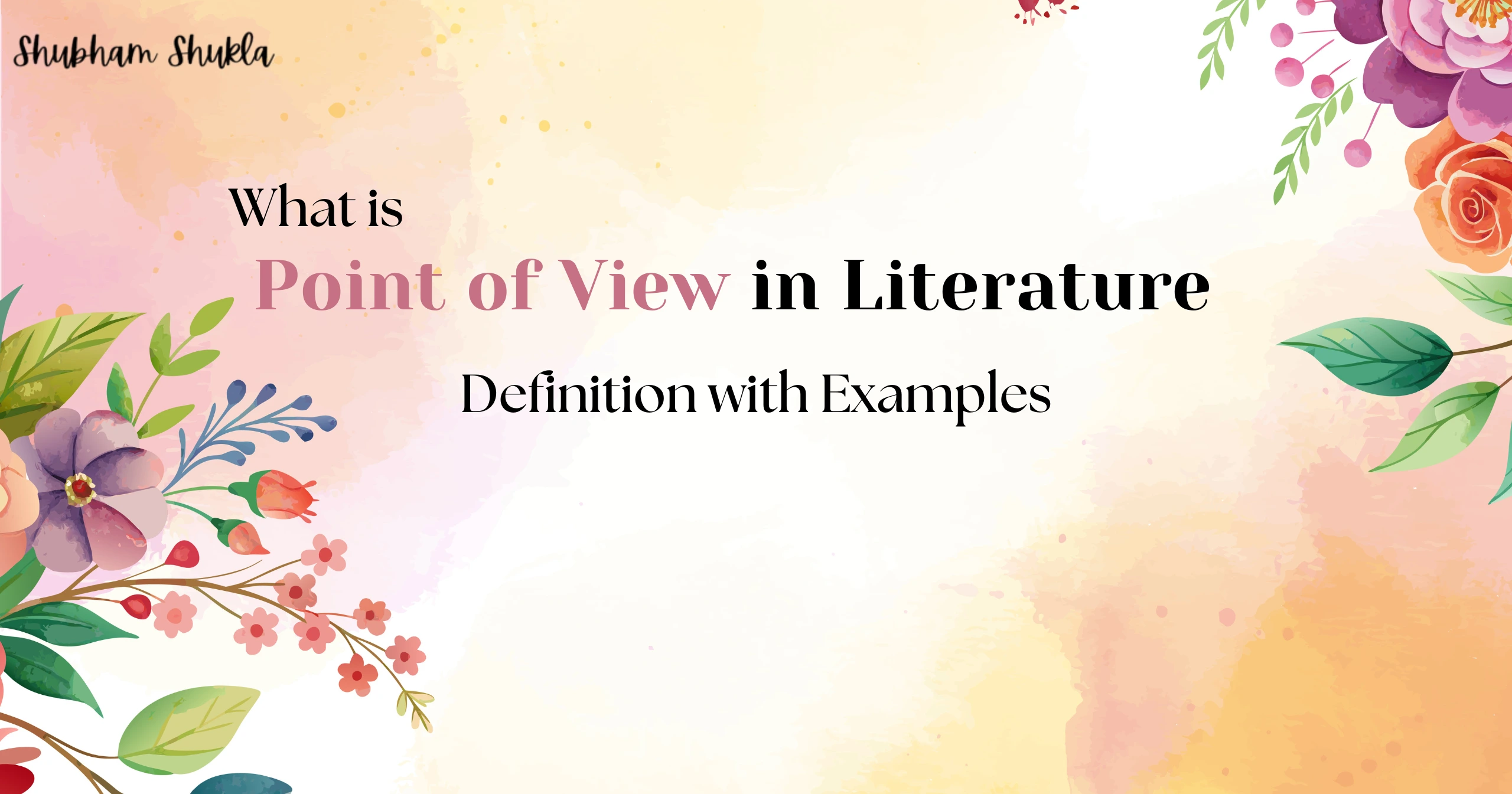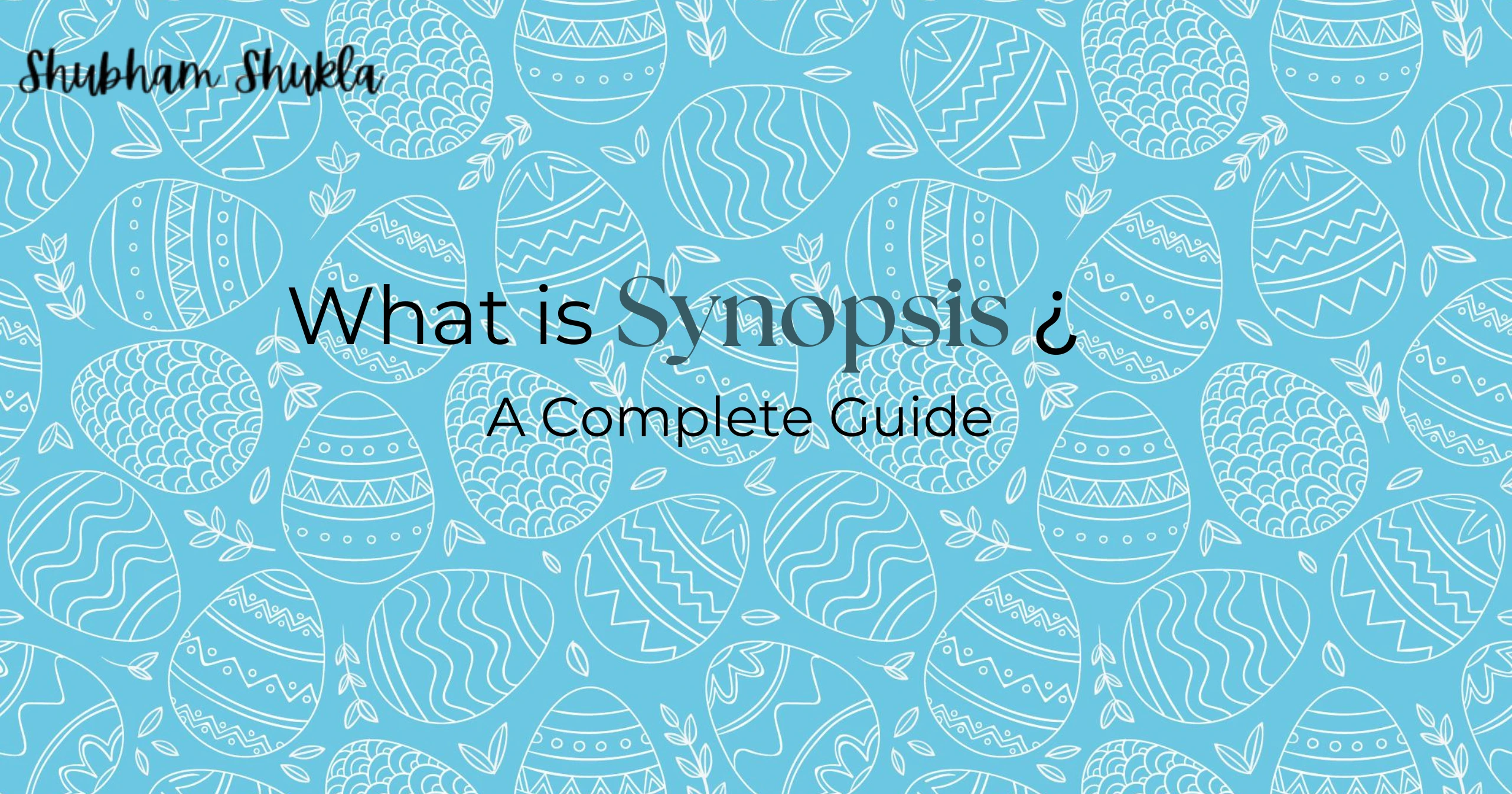The point of view, or POV, is the viewpoint used to tell or narrate a tale. It is the manner in which the writer choose to convey to the reader the plot, characters, and themes of the story. The reader’s perception and experience of a story can be significantly influenced by the point of view. Literature contains a variety of point of view styles, such as first-, second-, and third-person perspectives.
You may also read: Powerful Adjectives to Describe a Person (With Examples & Tips)
First Person Point of View
Because first person point of view forges a close bond between the reader and the narrator, it is a popular choice among writers. By referring to the narrator as “I,” the reader is given a closer-knit sense of the story and is given the impression that they are actually there. This can produce an intensity and sense of immediacy that isn’t necessarily evident in other viewpoints.
The first person point of view does, however, have several drawbacks. The story may be prejudiced or subjective because the reader is only privy to the narrator’s knowledge and experiences. Only the narrator’s account of events may be possible, which could lead to an incomplete or untrustworthy narrative.
Furthermore, because of the narrator’s limited knowledge, the first person point of view might not allow the reader to fully comprehend the motivations or perspectives of other characters in the story.
First person point of view can be a useful technique for crafting an interesting and intimate story, despite these drawbacks. By employing this point of view, writers can produce likable and compelling characters that captivate readers and keep them interested in the conclusion of the tale.
First-person point of view can also be utilized to give the narrator a distinctive voice or style, giving the reader a distinctive and captivating way to experience the story.
For instance, J.D. Salinger writes in the first person point of view in “The Catcher in the Rye.” Holden Caulfield, the narrator, describes his experiences following his expulsion from prep school.
You may also read: List of Best Libraries in Chandigarh for Book Readers
Second Person Point of View
First person point of view can be a useful technique for crafting an interesting and intimate story, despite these drawbacks. By employing this point of view, writers can produce likable and compelling characters that captivate readers and keep them interested in the conclusion of the tale.
First-person point of view can also be utilized to give the narrator a distinctive voice or style, giving the reader a distinctive and captivating way to experience the story.
For instance, J.D. Salinger writes in the first person point of view in “The Catcher in the Rye.” Holden Caulfield, the narrator, describes his experiences following his expulsion from prep school.
Second person point of view, despite its drawbacks, can be a useful technique for crafting an original and captivating reading experience. It can engender a sense of immediacy and motivate the reader to participate actively in the narrative when employed skillfully. Because the reader is put in the shoes of the protagonist and gets to experience the story firsthand, it can also foster a feeling of intimacy.
Example: Italo Calvino uses the second person point of view in “If on a Winter’s Night a Traveler.” The story speaks to the reader directly, treating them as fellow participants.
You may also like: 10 Essential Type of Characters in Literature (with Examples)
Third Person Point of View
The narrator does not play a character in a third-person narrative. Rather, the narrator functions as an observer, describing the characters’ thoughts, feelings, and actions. Third-person point of views can be limited, omniscient, or objective, among other varieties.
- Objective Third Person Point of View: The narrator of an objective third-person point of view just reports the story’s outward acts and occurrences. There is a sense of objectivity and detachment because we are not privy to the thoughts or emotions of the characters. For instance, Ernest Hemingway used an objective third-person point of view when writing “The Old Man and the Sea.” The old man’s movements and the marlin he catches are the only things the narrator mentions.
- Omniscient Third Person Point of View: The narrator of an omniscient third-person narrative is privy to the innermost sentiments and thoughts of every character in the tale. This makes it possible to comprehend the story’s events and concepts in a wide and thorough way, but it can also make the audience feel removed from the characters and their experiences.
For instance, Jane Austen’s “Pride and Prejudice” is written from an omniscient third-person point of view. The narrator is aware of every character’s innermost sentiments and thoughts, even Elizabeth Bennet and Mr. Darcy. - Limited Third Person Point of View: The narrator with a limited third person point of view is only aware of one character’s emotions and thoughts. This can maintain impartiality and distance from the story’s events while fostering a feeling of intimacy with that character.
For instance, Harper Lee uses a limited third-person point of view in “To Kill a Mockingbird.” Scout Finch, the narrator, is only aware of her own emotions and those of her father, Atticus.
In conclusion, point of view is an important element in literature as it can greatly affect the way a story is experienced by the reader. Understanding the different types of point of view can help readers to analyze and appreciate the nuances of a story’s narrative structure.



